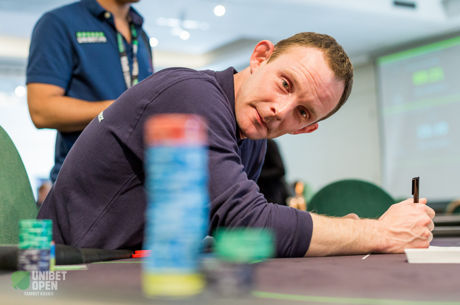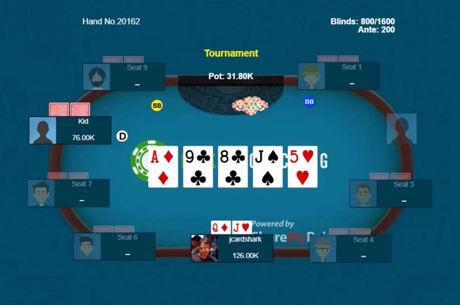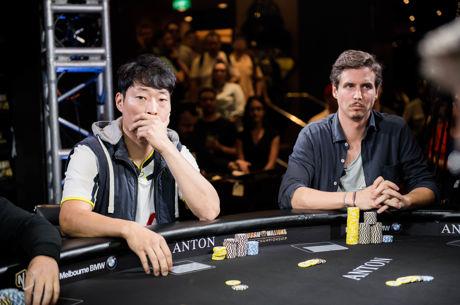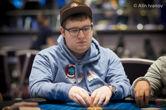'Equity' in Poker Is Not Just a State of Mind
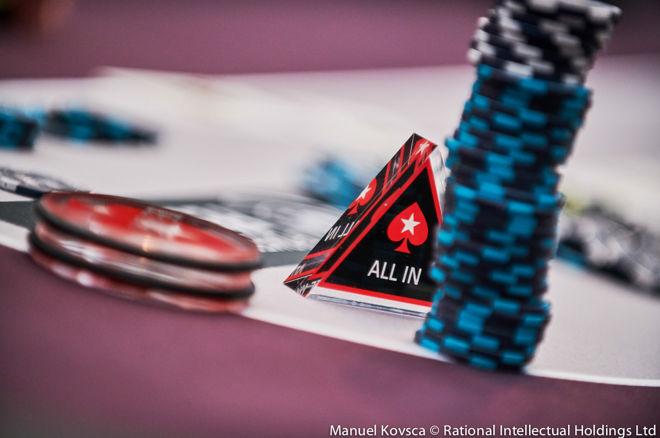
"Equity" in poker refers to the average amount a player would expect to win over multiple instances of the same situation occurring. For example, if you have a 50 percent chance of winning a $100 pot, your "equity" is half that pot or $50. (In reality, you'll usually either win all of it or nothing, but you get the idea.)
Your equity in a given situation is thus related directly to your actual, real chance of winning a pot. And if you don't have a real chance of winning a pot, you can't just dream up some equity for yourself, as the following hand illustrates.
Preflop Battle Breaks Out
In a 100NL ($0.50/$1) six-handed game of no-limit hold'em played online (in the "Zoom" format on PokerStars), a well-stacked regular opened from UTG for the $2 minimum, then was three-bet to $4 from two spots over by a rambunctious recreational player. The button cold-called the reraise, then another itchy trigger finger jumped into the fray from the small blind with a squeeze to $17.
Not to be deterred, the original raiser, that one who made it $2 under the gun, got serious and made it $30. After a couple of folds the small blind called �� after all, it was only $13 more to do so, and there was a bunch of dead money already in the pot. Two players went to the flop, then, with the remaining effective stacks $190 (with the UTG player covering).
A Flop That Should Inspire Caution
The flop came A?J?10? �� a rainbow board, but still exceedingly dangerous. The small blind checked, UTG bet $33, and the small blind called.
This call indicates some strength. The weakest type hand we would expect to see in small blind's hand now is a weak ace that got stubborn preflop, or a QxJx-type hand (that also got stubborn preflop).
Let's talk a little more about the ranges involved here. The small blind, surely, can be uncapped on this flop, with KxQx, JxJx, and 10x10x easily in the player's range. Meanwhile, the UTG player might be less likely to be thrilled with the flop. Hands like AxKx could feel quite insecure with their relative standing, whereas KxKx and QxQx look upon that flop as bad news.
That said, the UTG player's range is also uncapped. Though resqueezing with 10x10x or JxJx seems unlikely (is it a value raise, a bluff?), UTG can of course hold AxAx. And preflop bluffs like AxJx and KxQx are also in UTG's range to some extent. So the order of UTG's range, top to bottom, has changed now that three community cards have appeared, but still contains the strongest hands.
This is all to make a case that after that preflop betting sequence and the arrival of this flop, both players should proceed with caution. If UTG puts in a lot of money now, it is not that likely he holds AxKx, QxQx, KxKx or some Ax5x-type hand. This is especially the case precisely because the small blind can have the nuts.
On the other hand, if the small blind here wants to "get nuts" (insert Michael Keaton as Batman voice), he will often enough get shown AxAx, AxJx, or KxQx.
Does this mean neither player can bluff the other? Not exactly. But it means that there is a high cost to doing so, maybe higher than normal. As we are about to see.
Events Take a Surprising Turn
It might be obvious to say that is not that useful to go all in with only one out. But often on a flop like A?J?10?, when 10x10x gets the money in, the player holding that hand would be wise to hope his opponent has the current nuts (i.e., king-queen). Because otherwise he will be in precisely that situation often enough.
Keeping all that in mind, the turn came the 7?, adding a flush draw with the jack also on board. The small blind �� who check-called the flop out of position, remember �� checked again.
UTG took that opportunity to make a hefty bet of $66, then the small blind decided to go all in for $157 total �� a very strong move, given the above discussion. The SB really is representing KxQx or JxJx well here.
The only problem was he had 5?4?. Which meant the small blind had no outs at all when the UTG player responded to such a heroic (or kamikaze?) play by calling with A?A?.
Even worse �� had the under-the-gun player mustered a heroic call of his own with absolutely anything, the small blind would still have been drawing dead. Maybe the small blind had a plane to catch.
Ode to the Irrationally Exuberant
Consider how much better this play would be with other wide range (or funky or junky, whichever name you prefer) hands like a K?8? or 10?9?, or even 5?4? �� really any other hand in the deck.
In those cases there is, mathematically, at least a 10 percent share, often more, of the pot that is owed to the small blind (i.e., real "equity"). And exactly that often, whatever the percentage, the small blind gets the whole pot on the river.
The games are a bit wild these days, sure, and contentious preflop battles like this one often break out. But when you let all the bullets fly, you do need one out or four or ten, to back up big bluffs. Believing in yourself is not enough!

